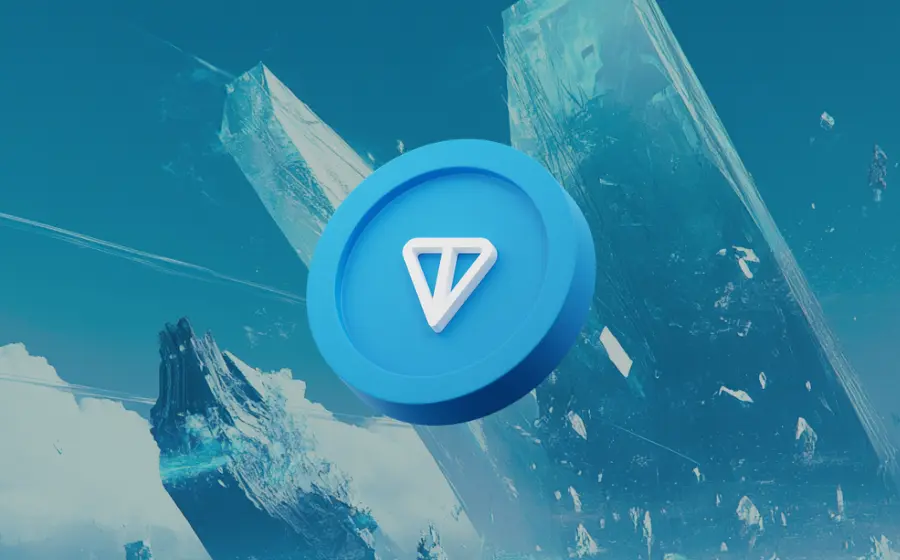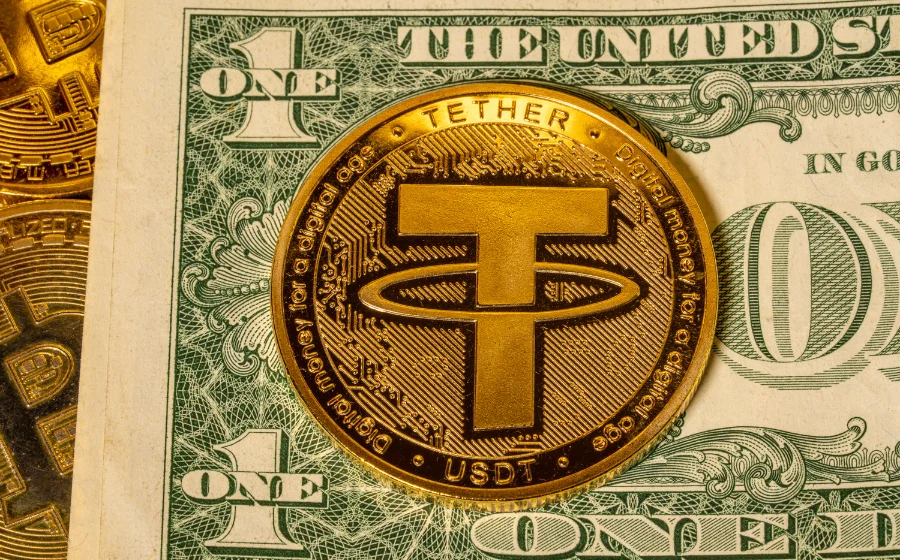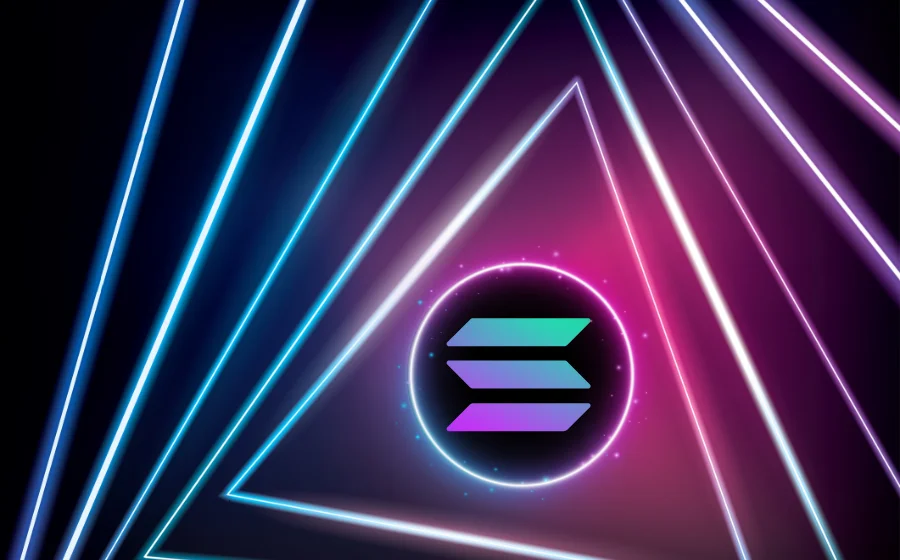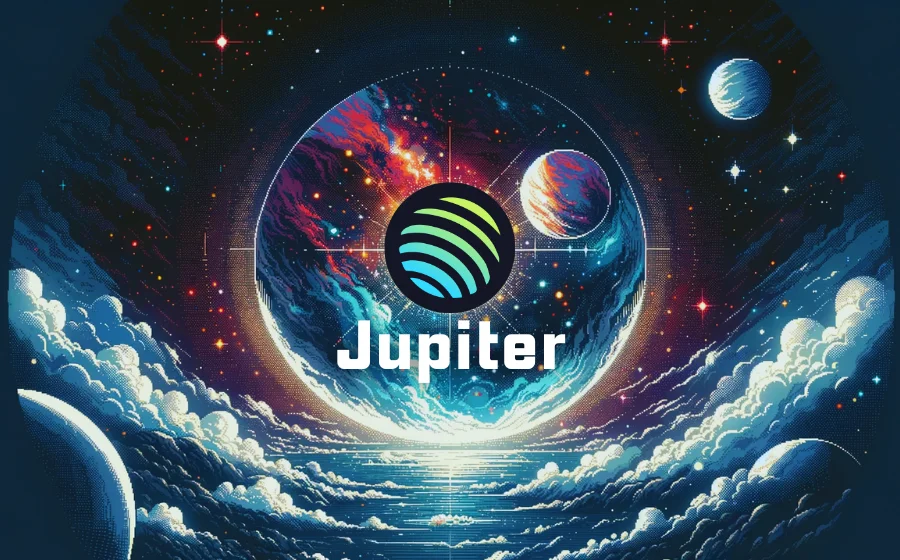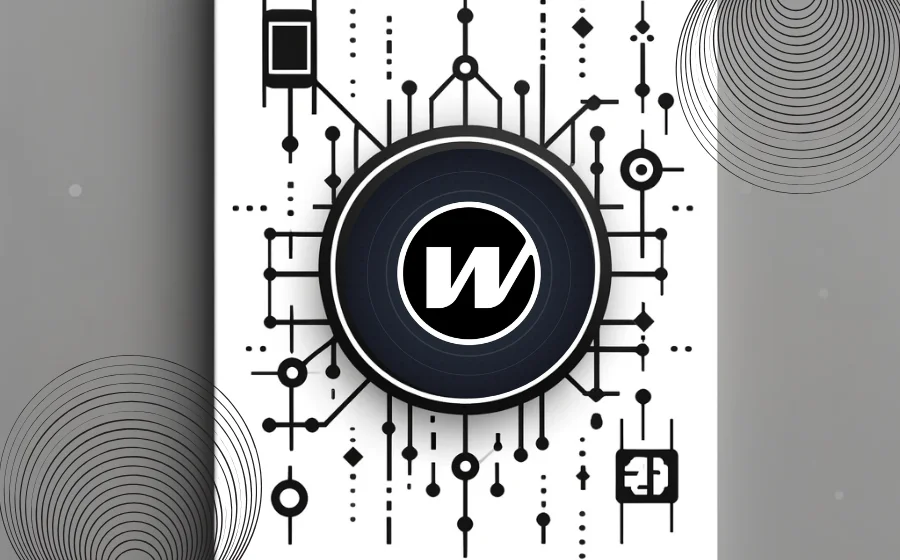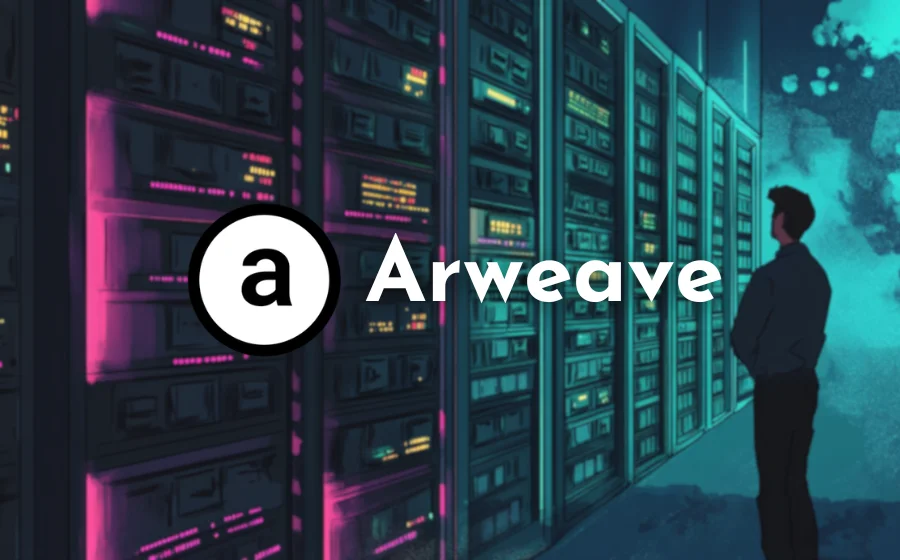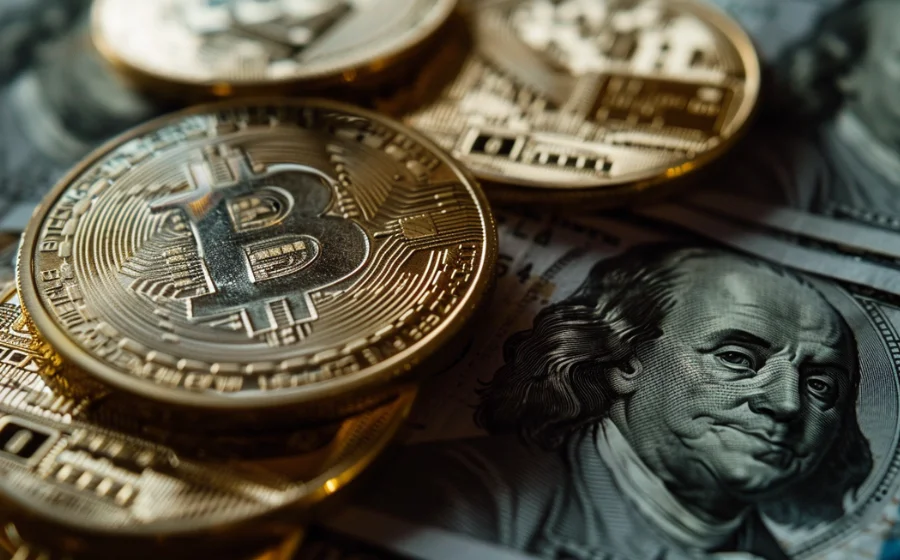
KEYTAKEAWAYS
- Circle Internet Financial, managing USDC, is moving towards an IPO to enhance transparency and market positioning, signaling its commitment to growth despite past setbacks in public listing efforts.
- USDC maintains a 1:1 peg with the USD through reserves primarily held in cash or cash equivalents, verified by monthly audits, enhancing its reliability as a stablecoin.
- Although USDC is backed by robust auditing and regulatory compliance, risks such as bank failures and the non-specificity of reserve assets pose potential threats to its stability.

CONTENT
Learn how this popular stablecoin maintains its dollar peg, explore its risks, and understand its growing market presence, including Circle’s journey towards going public.
WHAT IS USD COIN (USDC)?
Unlike many cryptocurrencies, like Bitcoin or Ethereum, which can experience wild price swings, USD Coin, or USDC, offers a stable haven. Each USDC is designed to be worth roughly equal to one US dollar. This makes it a reliable option for investors seeking a less turbulent place to park their assets within the cryptocurrency market.
>>> More to read:
What accounts for its stability?
In theory, you can exchange your USDC coins for an equal amount of US dollars whenever you want. To guarantee the security of these exchanges, USDC reserves are mostly held in cash or easily-converted assets. Monthly audits by accounting firms also help ensure everything is in order.
You’re right, there are other stablecoins out there, with USDT being the biggest. However, USDT has faced some questions about how its reserves are managed. Because of this, USDC tends to have greater investor confidence. Its growing popularity is a good sign – as of 2024, USDC’s total value in the market exceeded $30 billion, representing a quarter of the entire stablecoin market.
Want to learn more about Tether (USDT), the largest stablecoin in the world? This article covers all the basics of USDT and the concept of stablecoins.
HOW DOES USD COIN (USDC) WORK?
USDC, issued by Circle, maintains a 1:1 peg with the US dollar. This means each USDC token is backed by a real US dollar held in reserve. This collateralization ensures stability and limits USDC creation (‘minting’) to when equivalent deposits are made.
Circle promotes transparency by publishing USDC reserve holdings and audit reports on a dedicated website. These audits, conducted monthly by Grant Thornton, verify that reserves match the circulating USDC supply. USDC’s registration with the Financial Crimes Enforcement Network (FinCEN) highlights its compliance with US regulations and commitment to combating financial crime.
Reserves aren’t just cash; they may include short-term US Treasuries and repurchase agreements with major banks, primarily managed within the Circle Reserve Fund (USDXX). When USDC is redeemed, Circle pays from these reserves and destroys the corresponding tokens to maintain balance.
Minor peg fluctuations can occur (e.g., USDC reached $1.19 in 2019 and $0.87764 in 2023) due to variations in reserve asset values. Despite this, Circle generally maintains the peg close to parity. This makes USDC a fast, efficient way to transfer USD (often cheaper than traditional banking), enabling near-instant transactions depending on the network used.
WHAT ARE THE RISKS OF USD COIN (USDC)?
USDC is a joint effort between a reputable financial technology company and a US-listed cryptocurrency exchange. Despite the strong backing, USDC faces some potential risks.
First, the monthly audit reports provided by USDC on its website are considered brief compared to those of other stablecoins. Notably, assets in USDC’s reports are listed almost exclusively as cash or cash equivalents – there’s no mention of other investments like certificates of deposit or commercial paper. This lack of detail could lead investors to question what’s really backing their USDC.
Second, while USDC claims its reserves are largely in cash or cash equivalents, they don’t specify the exact types of assets held. Notes hint at compliance with US accounting standards, suggesting US dollar deposits and short-term Treasuries, but it’s not spelled out.
Third, there’s always the risk of bank failure. In March 2023, USDC had around $3.3 billion in cash sitting in Silicon Valley Bank. When that bank collapsed, it posed a direct threat to USDC’s ability to maintain its 1:1 reserve guarantee. If funds become inaccessible, USDC could lose its peg to the dollar.
RECENT UPDATES
Circle Internet Financial, the company behind the USDC stablecoin, made a major move towards going public earlier this year. They’ve confidentially filed for an initial public offering (IPO) in the US – a step intended to boost their transparency and position in the market. While we don’t yet know the exact number of shares they’ll offer or the price, the IPO should start rolling once the US Securities and Exchange Commission (SEC) gives the green light (and if market conditions are favorable).
This isn’t Circle’s first attempt at going public. They previously tried through a special purpose acquisition company (SPAC) deal – that one was valued at a cool $9 billion but fell through in December of the same year. Despite that setback, Circle has clearly been determined to become a publicly-traded company, showing their resilience and belief in their growth plan.
>>> More to Read : Understanding Tether USDT
FAQS
- What is USDC?
USDC is a stablecoin pegged 1:1 with the US dollar, offering stability with each token backed by equivalent US dollar reserves.
- How does USDC maintain its peg?
Each USDC token is backed by a real dollar, with reserves audited monthly to ensure transparency and regulatory compliance.
- What are the risks of USDC?
Risks include limited audit detail, unclarified asset types in reserves, and vulnerability to bank failures affecting its dollar peg.
- What are the recent updates on USDC?
Circle, the company behind USDC, is moving towards an IPO to increase transparency and strengthen its market position.
- Where can you buy USDC?
You can purchase USD Coin on various cryptocurrency exchanges. Binance, a large and relatively secure exchange, offers trading services for USDC.
▶ Buy Crypto at Bitget
ꚰ CoinRank x Bitget – Sign up & Trade to get $20!

